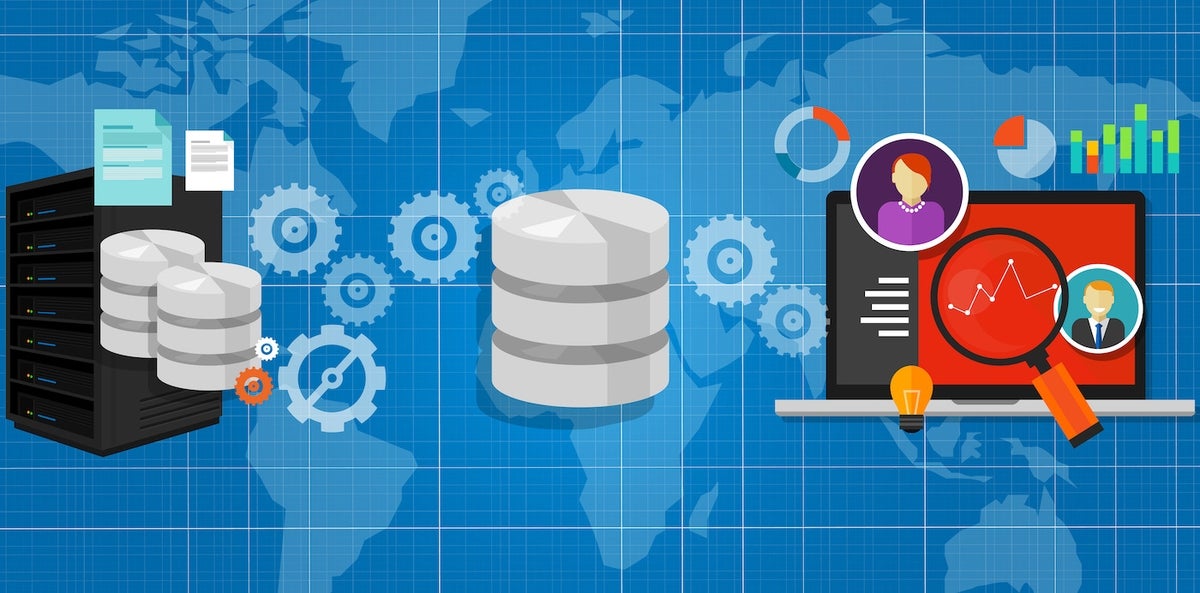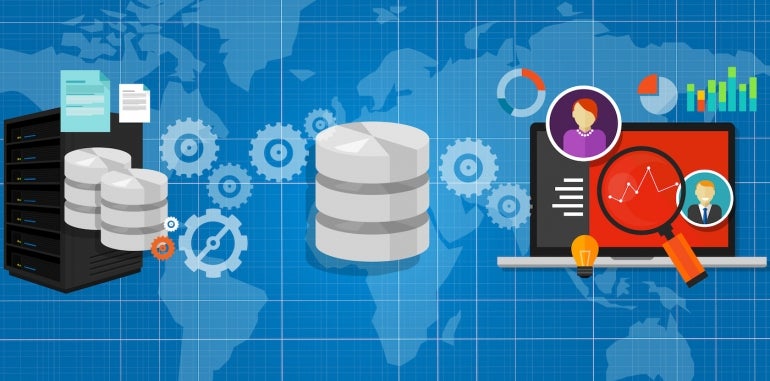
Today’s businesses regularly interact with data that resides in multiple separate data sources. Failing to unify this data leads to inefficient operations and increases the chances of introducing errors to data, which ultimately flaws overall decision-making. Data integration unifies data to improve overall efficiency and raises the quality of actionable insights. In this guide, TechRepublic offers a list of top data integration tools to consider for your business’s data integration strategy.
Jump to:
- What is data integration?
- Top data integration tools
- What is data integration used for?
- Key features of data integration tools
- Benefits of using data integration tools
What is data integration?
Data integration refers to the process of combining data from disparate sources into a unified view that supports the gathering of actionable business intelligence. Integration starts with the data ingestion process and involves steps such as data cleansing, ETL mapping and transformation.
SEE: Microsoft Power Platform: What you need to know about it (free PDF) (TechRepublic)
Top data integration tools
Talend

Talend helps organizations deliver healthy data to correctly inform their decision-making. The company provides a unified platform to support data needs without limits in scale or complexity. With Talend, organizations can execute workloads seamlessly across cloud providers or with on-premises data. Talend’s data integration solutions enable users to connect all their data sources into a clean, comprehensive and compliant source of truth.
Key differentiators
- 1,000+ connectors and components: Talend offers more than 1,000 connectors and components for users to connect uncountable data sources and data environments, whether in the cloud or on-premises.
- Flexibility and intuitiveness: With a drag-and-drop interface, Talend accelerates the deployment of data pipelines in comparison to hand-coding. Users can also use the drag-and-drop interface to develop and deploy reusable data pipelines.
- Embedded data quality: Talend embeds data quality into every step of the data integration process to proactively stop bad data. It empowers users to discover and fix data issues while data is in transit through various systems.
- Management of larger data sets: Talend supports the scaling of huge data sets to advanced data analytics or Spark platforms.
Con: Talend may suffer from performance and memory management issues.
Hevo
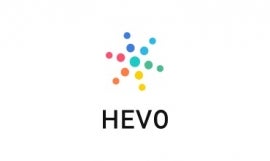
Hevo is an end-to-end data pipeline platform that enables users to effortlessly leverage data. Hevo can pull data from multiple sources into warehouses, carry out transformations and offer operational intelligence to business tools. It is purpose-built for the ETL, ELT and Reverse ETL needs of today and helps data teams to streamline and automate data flows. Common benefits of working with Hevo include hours of time saved per week, accelerated reporting, and optimized analytics and decision-making.
Key differentiators
- No-code user interface: Users can make the most of an intuitive no-code UI to integrate data from vast sources in near real-time.
- Fault-tolerant architecture: Through a fault-tolerant architecture, Hevo scales with low latency, implements end-to-end encryption and complies with every major certification that is required.
- Automated pipelines: Hevo empowers users to set up pipelines for more than 150 data sources in minutes. Automated maintenance also takes place when there are changes in source data or APIs.
Con: The tool could benefit from more detailed documentation for first-time users to smoothen the learning curve.
Informatica Cloud Data Integration
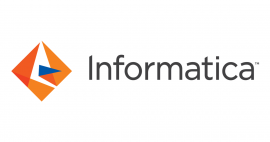
Informatica Cloud Data Integration provides a fast and reliable way to integrate and deliver data and analytics to businesses. It is an intelligent data platform that continuously assesses the performance of processing engines and workload variations, all while enabling users to identify the correct data integration pattern for their use cases. With Informatica Cloud Data Integration, users can connect hundreds of applications and data sources on-premises and integrate data sources at scale in the cloud.
Key differentiators
- Rich set of connectors for all major data sources: Informatica Cloud Data Integration offers out-of-the-box connectivity to hundreds of systems, applications, data stores and BI tools.
- Advanced data transformation functionality: With transformation types such as cleansing, masking, aggregation, filtering and parsing, users can process data transformations in real-time or batch.
- Codeless integration: Oracle Cloud Data Integration expedites development by connecting vast endpoints across on-premises and cloud environments with pre-built transformations through a visual mapping designer.
Con: Users cannot store metadata locally with Informatica Cloud Data Integration.
Oracle Data Integrator
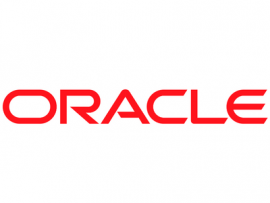
Oracle Data Integrator is a thorough data integration platform that covers data integration requirements like high-volume, high-performance batch loads; SOA-enabled data services; and event-driven, trickle-feed integration processes. Oracle also provides advanced data integration capabilities to users that seek to implement seamless and responsive Big Data Management platforms through Oracle Data Integrator for Big Data.
Key differentiators
- Out-of-the-box integrations: The Oracle Data Integrator Enterprise Edition provides out-of-the-box integration with databases, ERPs, CRMs, Hadoop, LDAP and more.
- Heterogeneous support: The Enterprise Edition offers heterogeneous support for third-party platforms, data sources and warehousing appliances. It is completely optimized for mixed technologies such as sources, applications, targets and more.
- Knowledge module framework for extensibility: The Enterprise Edition has modular, flexible and extensible processes as a result of having knowledge modules at the core of the Oracle Data Integrator.
- Rich ETL: Oracle Data Integrator provides rich ETL for Oracle databases, with complex dimension and cube loading support.
Con: Oracle’s solution involves a complex development experience in comparison to competitors.
Dataddo
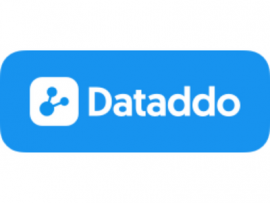
Dataddo is a no-code platform for data integration, transformation and automation that seeks to provide users with complete control and access to their data. The platform works with many online data services, including existing data architectures users already have. Dataddo syncs dashboarding applications, data lakes, data warehouses and cloud-based services. It also visualizes, centralizes, distributes and activates data by automating its transfer from source to destination.
Key differentiators
- Data to dashboards: Dataddo allows users to safely send data to Google Sheets and dashboarding applications like Power BI from any business application. Its Solutions Team proactively monitors data pipelines and takes care of API changes.
- Data anywhere: Users can securely send data from business applications, APIs or databases to data warehouses, dashboarding applications and business applications through Dataddo’s Data Anywhere product.
- Headless data integration: The unified Dataddo API provides a platform for users to build their data products on and get freedom from constant API changes, scalability issues and pipeline maintenance.
Con: The platform can be quite confusing to new users.
Integrate.io
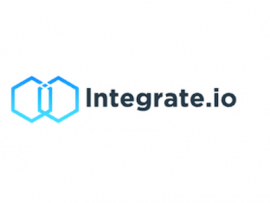
Integrate.io is a low-code data warehouse integration platform that supports informed decision-making for data-driven growth. Its platform offers organizations capabilities to integrate, process and prepare data for analytics on the cloud. Integrate.io’s platform is scalable to make sure that organizations can make the most of big data opportunities without a hefty investment in software, hardware and staff. The platform gives companies the chance to enjoy instant connectivity to multiple data sources and a rich set of out-of-the-box data transformations.
Key differentiators
- ETL and reverse ETL: Integrate.io enables teams to focus more on insights and much less on data preparation through low-code ETL and Reverse ETL for streamlining data processing.
- ELT and CDC: Users and systems can access data in real time through the use of ELT and CDC to replicate data to their data warehouses.
- API generation: Integrate.io offers teams instant API generation to provide API access to data sources for consumption in their systems and applications.
Con: The tool could benefit from more advanced features and customization.
IRI Voracity
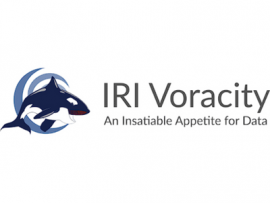
IRI Voracity is an end-to-end data lifecycle management platform that leverages technology to tackle speed, complexity and cost issues in the data integration market. It is an integration platform as a service (IPaaS) data integration tool that is ideal for quick and affordable ETL operations. IRI Voracity also offers data quality, masking, federation and MDM integrations.
Key differentiators
- Multiple source connections: IRI Voracity’s multiple source connections enable users to manipulate and mash-up both structured and unstructured data sources.
- Data mapping: The tool gives users the ability to format endian, record, field, file and tables, as well as add surrogate keys. IRI Voracity supports ETL, replication and federation.
- Hadoop transforms: IRI Voracity provides options for Spark, MapReduce 2, Spark Stream, Storm or Tez processing to yield unlimited scalability.
Con: The IRI product names may be confusing to users.
Zigiwave
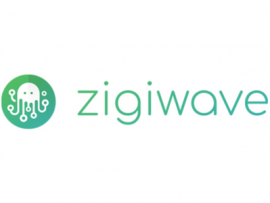
Zigiwave is a company that aims to disrupt the integrations industry, particularly where connections between applications are characterized by lines of code and a lot of time invested. Zigiwave’s product, ZigiOps, is a highly flexible no-code integration platform that creates powerful integrations in a handful of minutes. ZigiOps empowers non-technical users to carry out integration tasks in a few clicks without having to add scripts.
Key differentiators
- No code integrations: As a no-code integration platform, ZigiOps connects systems in minutes, providing a low entry and usage barrier for non-technical users.
- Flexibility and scalability: ZigiOps offers users the ability to synchronize all entities and fields. They can set up, modify, scale and launch all integrations from a single user interface.
- Integration templates: With ZigiOps, users are provided with fully customizable integration templates. These predefined templates ensure that users take less than five minutes to set up integrations.
- Recovery and data security features: ZigiOps protects users’ integration configuration in the event of system downtime. It is also incapable of storing sensitive information since it does not have a database.
Con: Since the company is based in Europe, the support time coverage may prove to be a challenge for users outside of Europe.
What is data integration used for?
Leveraging big data
The complexity and volume of big data mean that the data that is available for businesses to leverage keeps rising. This growing volume of big data reinforces the need for modern data integration efforts that increase big data visibility and usability.
Creating data lakes and data warehouses
Data integration helps to create data warehouses. Data warehouses combine numerous data sources into a database. These warehouses empower users with querying, report compilation, analysis generation and data retrieval capabilities. In general, they help organizations generate business intelligence, with the help of data integration operations.
Making business intelligence easier
Business intelligence benefits from data integration, as the process provides a unified view of data from multiple sources. This simplifies examining and comprehending data sets to generate actionable business insights. Data integration enables data analysts to compile information without the threat of being engulfed by massive volumes.
Key features of data integration tools
- Connectors: Data integration tools should have as many pre-built connectors as possible to ease integration tasks for teams and ultimately save more of their time.
- Portability: Data integration tools should enable organizations to build integrations and execute them in any environment. This is particularly important as the popularity of hybrid cloud models continues to rise.
- Cloud compatibility: Whether in a single-, multi-cloud, or hybrid environment, data integration tools should run natively.
- Open-source: Open-source tools help organizations avoid vendor lock-in while providing more flexibility.
Benefits of using data integration tools
Greater collaboration and unification of systems
Data integration requires collaborative effort to improve the data that the organization needs. Data integration unifies and delivers data across all lines of business.
Fewer errors
Manually dealing with high-volume data heavily contributes to missing, incomplete and incorrect data. A data integration solution synchronizes data with automated updates. It also enables organizations to run reports in real time, which helps to avoid errors and track down errors quickly.
Increased efficiency
Proper data integration helps companies reduce the time it takes to prepare and analyze data. The best data integration tools also offer features that help development teams save time on more manual tasks like hand-coding.
